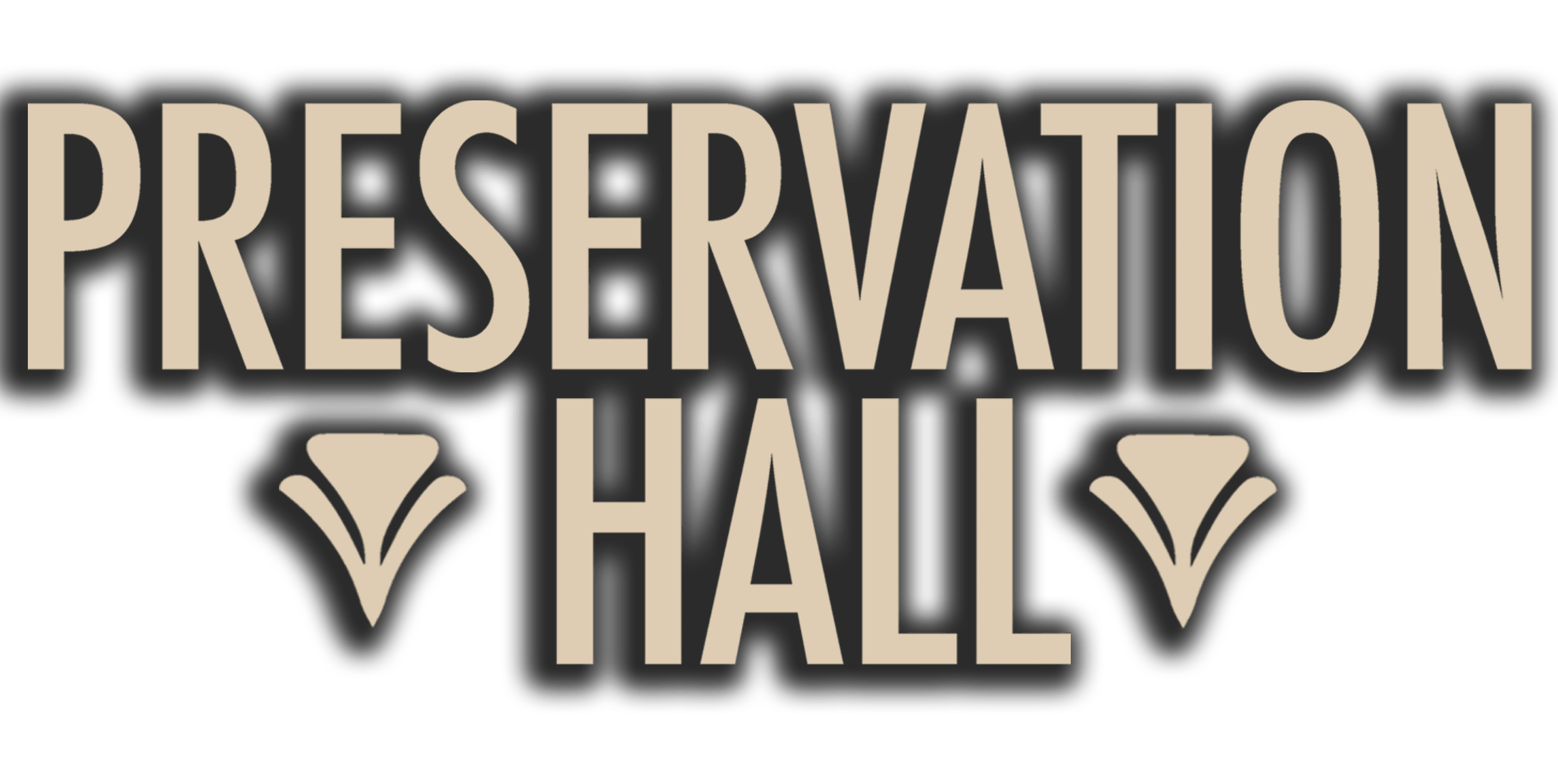Community Spotlight: Monique Moss
Spotlight by Camille Barnett
For New Orleans native Monique Moss, dance began around the corner from her childhood home in the Hollygrove neighborhood in the seventeenth ward, at Deirdre's School of Dance and Gymnastics, and continued through high school at the New Orleans Center for Creative Arts. She can vividly recall the passion and exhilaration she experienced as a young dancer.
“I felt like a fireball. The energy was just unbelievable. And when I would feel it in my body, it was unbelievable. Dance is something special.”
Although her life centered around modern dance for a period of time, Moss says that she has always been of curious nature, and her interests eventually began to expand across a variety of fields. She received an undergraduate degree in French and three masters degrees in Latin American Studies, Interdisciplinary Dance Performance, and Museum Studies.
“I chose those fields because they pretty much converge into a space where I'm learning about history, I am creative, and I'm using research for the creation of artistic work.”
Moss is now a dancer, choreographer, artistic director, teacher, historian and culture bearer that, through research-based performances and presentations, has committed her life’s work to highlighting historic parallels that influence New Orleans culture. She has continued research over the years by traveling world-wide, including visits to national archives in Haiti, Spain, Cuba, and Martinique, spaces that she explains hold some of the history of New Orleans.
“Many of us in New Orleans, we're born and raised here,” Moss explained, “We do all of these fantastic expressive things. Festivals and all kinds of ways of freedom of expression, which we love, but many of us have a very limited understanding about the history of the origins of these practices.”
As the choreographer and artistic director of her dance company that she founded in 2008, she began to implement research and findings that explore those origins into her work to share with the community. Moss explains that similar to her performances, her company’s name, Third Eye Theatre Interdisciplinary and Improvisational Performance, is intentional and complex; it perfectly defines the ensembles’ mission and method of expression.
The company name began as just “Third Eye,” stemming from her interest in Eastern philosophy which she has studied for decades; the third eye is the prominent place of ascendence through meditation and opening the consciousness, a concept she says is representative of herself and her journey. For Moss, these readings coupled with readings on the history and culture of New Orleans began to blend opposed to being two separate interests.
“The spiritual readings were informing the creative process just as much as the research was informing the creative process,” she said. “Whatever I created began to feel like a spiritual process.”
“Interdisciplinary” was added to represent the intricate sets and props that she creatively intertwines into her work to represent cultural connections and parallels to New Orleans. Examples used in past performances include architectural pieces, like Carribean-inspired shutters, creole cottages, and silhouettes of brass bands second-lining behind dancers.
Finally, “Improvisational” came when her creative process evolved into utilizing real life experience to create work.
“I'm no longer interested in just producing a piece of work because it's aesthetically pleasing to the eye. My creative process is about life and how going through a particular creative process can open a space in one's life or consciousness that helps them to evolve.”
In addition to exploring cultural themes through teachings and performances, Moss is also passionate about encouraging other artists to search for influence in history and artifacts. Upon receiving her Masters degree in Museum Studies, she designed a residency program, Repertoire from the Archive for Scholars and Artists (RASA) for her final project.
The goal of RASA was to open access to archives and collections for artists to inspire them to conduct their own additional research and foster artistic exploration and experimentation. Moss recently presented RASA to a local organization and hopes to partner with them to display work created by New Orleans and Kongo artists that were a part of the residency project.
Moss continues to contribute to the community through current roles within the following organizations and associations: Louisiana Museum of African American History, Center for African and African American Studies, A Studio in the Woods, Big Easy Entertainment Awards, Hope for Haitian Children Foundation, and Creative Alliance of New Orleans.
In addition to exploring cultural themes through teachings and performances, Moss is also passionate about encouraging other artists to search for influence in history and artifacts. Upon receiving her Masters degree in Museum Studies, she designed a residency program, Repertoire from the Archive for Scholars and Artists (RASA) for her final project.
The goal of RASA was to open access to archives and collections for artists to inspire them to conduct their own additional research and foster artistic exploration and experimentation. Moss recently presented RASA to a local organization and hopes to partner with them to display work created by New Orleans and Kongo artists that were a part of the residency project.
Moss continues to contribute to the community through current roles within the following organizations and associations: Louisiana Museum of African American History, Center for African and African American Studies, A Studio in the Woods, Big Easy Entertainment Awards, Hope for Haitian Children Foundation, and Creative Alliance of New Orleans.



